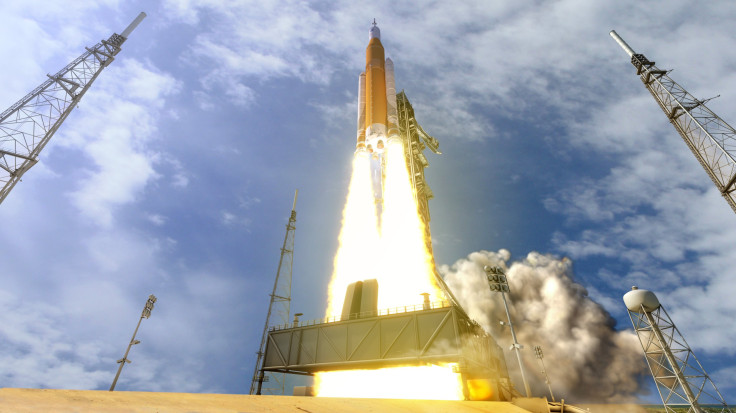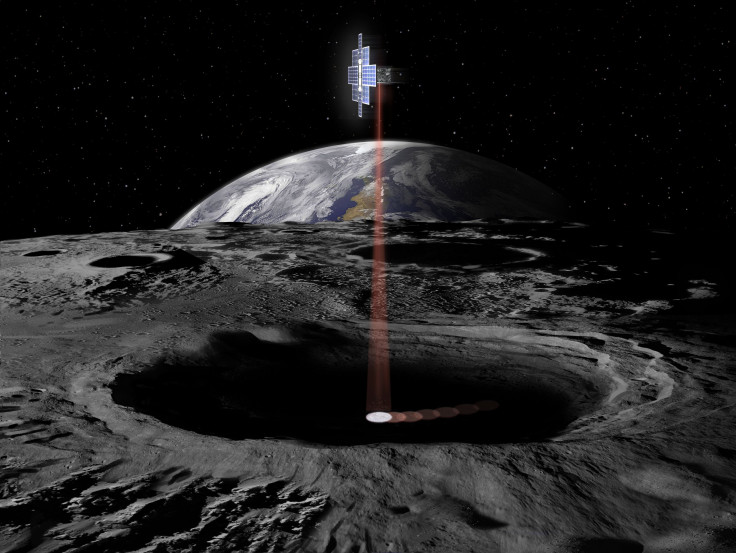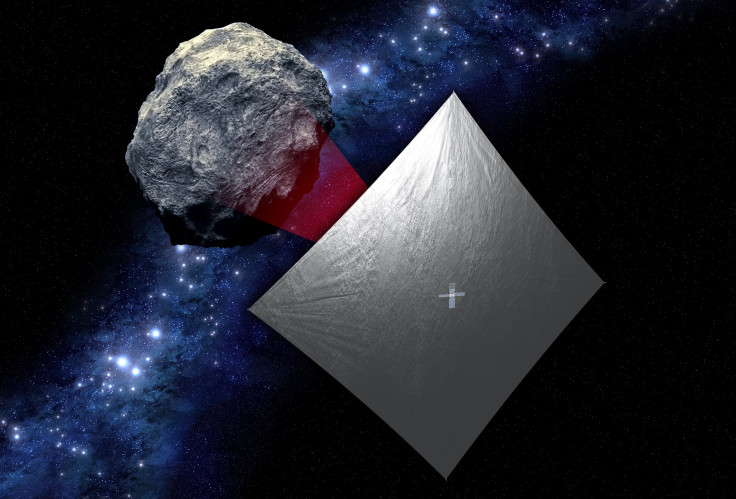NASA’s Space Launch System Will Send 13 CubeSats Into Space In 2018

NASA on Tuesday announced that 13 mini-satellites, or CubeSats, will be carried aboard the Space Launch System (SLS) during its first deep-space test flight in 2018. These satellites, each of which is about the size of a briefcase, will be carried along with an unmanned Orion spacecraft to a stable orbit beyond the moon, the space agency said.
“The SLS is providing an incredible opportunity to conduct science missions and test key technologies beyond low-Earth orbit,” Bill Hill, deputy associate administrator for Exploration Systems Development at NASA Headquarters in Washington, said, in the statement. “This rocket has the unprecedented power to send Orion to deep space plus room to carry 13 small satellites — payloads that will advance our knowledge about deep space with minimal cost.”
The CubeSats will test a number of design and technology ideas that will help researchers better understand the rigors of deep space travel ahead of NASA’s planned missions to Mars. For instance, Lockheed Martin’s Skyfire CubeSat will perform a flyby of the moon during which it will study the lunar terrain using sensors on board, while the Lunar IceCube satellite — being built by the Morehead State University, Kentucky — will search for water ice on the surface of the moon.

Another CubeSat — the Near-Earth Asteroid Scout, or NEA Scout — will be deployed to fly by and return data from an asteroid near Earth. This satellite will use a solar sail to ride on the pressure of sunlight reflecting off it.

“The 13 CubeSats that will fly to deep space as secondary payloads aboard SLS on EM-1 showcase the intersection of science and technology, and advance our journey to Mars,” NASA Deputy Administrator Dava Newman said, in the statement.
The SLS rocket is designed to ultimately carry humans aboard an Orion spacecraft during deep-space missions to Mars and beyond. NASA has been steadily testing parts of the system and has made significant progress on solid rocket booster tests and the huge Vertical Assembly Center. In October, the SLS passed a critical design review, becoming the first rocket since the Saturn V — which carried humans to the moon — to pass such a test.
© Copyright IBTimes 2025. All rights reserved.






















